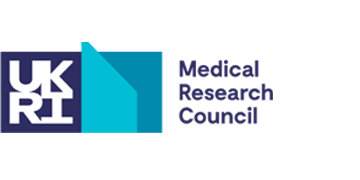GM-CSF
What is GM-CSF?
-
Our bodies naturally produce a protein called granulocyte-macrophage colony-stimulating factor (GM-CSF).
This protein plays a key role in generating immune cells in the lungs that act as a first line of defence against infections. -
Some studies have shown that GM-CSF, when given as an injection, can enhance the effectiveness of vaccines.
However, this potential benefit has not yet been tested in older adults receiving vaccines for respiratory infections.
Why are we using GM-CSF in this study?
We are exploring the use of GM-CSF because it may help improve how older adults respond to vaccines. Our long-term goal is to run a clinical trial in people over 60, where participants receive a pneumonia vaccine either with GM-CSF or with a placebo. This will allow us to assess whether GM-CSF is safe to use alongside vaccines and whether it enhances their effectiveness.
In our future trial, we plan to use the Pneumococcal vaccine typically offered once to individuals over 65 to protect against Streptococcus pneumoniae, the main bacterial cause of pneumonia.
However, before we can design this trial, we need detailed information about how older people respond to Pneumovax 23. Specifically, we want to understand the strength and nature of the immune response in this age group.
This study aims to generate that essential data, which will help us design a strong and scientifically sound clinical trial comparing Pneumovax 23 plus GM-CSF versus Pneumovax 23 plus placebo.
Which GM-CSF will be used and how?
We will use sargramostim, a laboratory-produced (recombinant) form of human granulocyte-macrophage colony-stimulating factor (rhGM-CSF). In this study, sargramostim will not be administered directly to participants. Instead, it will be added to samples of participants’ blood and lung washings (bronchoalveolar lavage, or BAL) in the laboratory. This approach allows us to observe how GM-CSF influences immune cell behaviour outside the body, helping us understand its potential to enhance vaccine responses in older adults.




